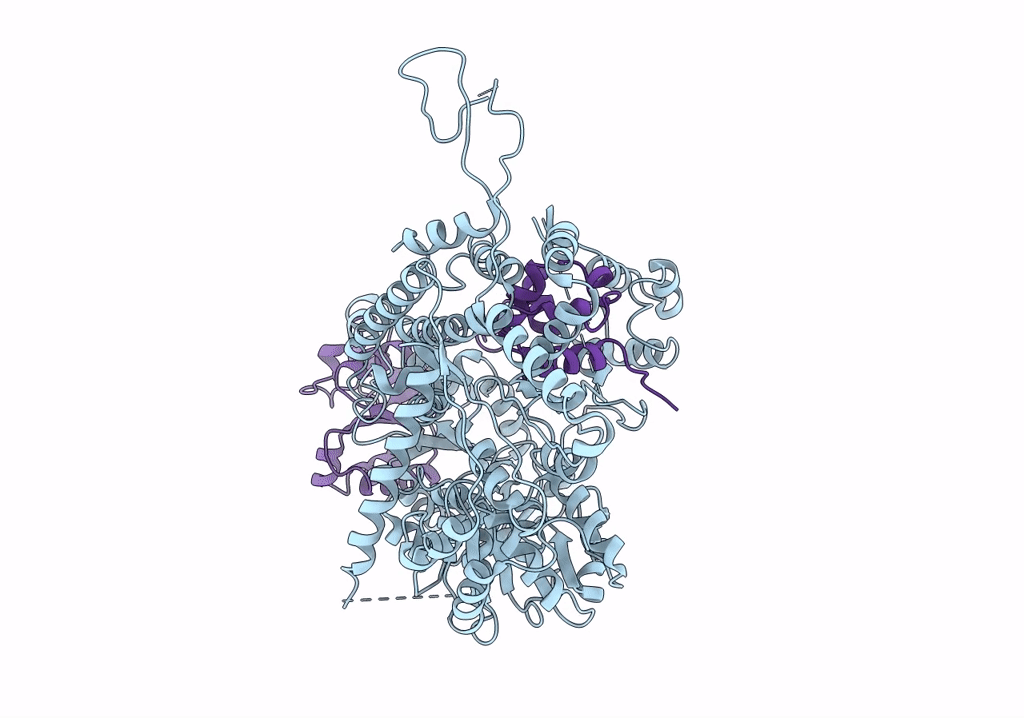
Deposition Date
2019-09-25
Release Date
2020-03-11
Last Version Date
2024-05-22
Method Details:
Experimental Method:
Resolution:
3.60 Å
Aggregation State:
2D ARRAY
Reconstruction Method:
SINGLE PARTICLE


